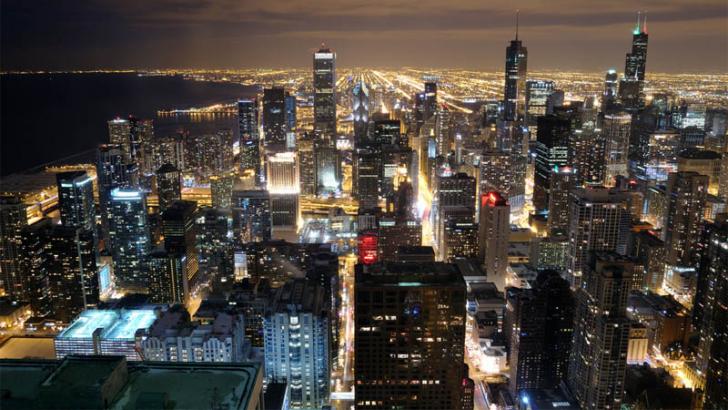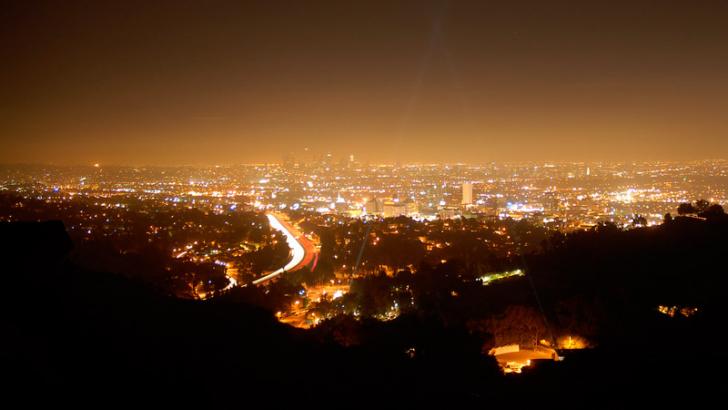Light pollution refers to excessive, obtrusive and unwanted artificial lighting. It is the alteration or degradation of natural light in the environment by the introduction of artificial lights.
Light pollution is also known as luminous or photo pollution. It is caused as a result of industrialization and modernization.

It can be caused by various sources of light.
- The intrusive light falling inside our rooms from outside at night is a kind of light pollution called light trespass.
- Large industrial and residential areas cause light clutter.
- Excessive and immoderate use of lighting causes over-illumination which is also a type of light pollution.
Light pollution has significant effects on the lives of living organisms.
The adverse consequences of light pollution might seem insubstantial but pollution of our night sky has been linked to visible impacts on the health of human beings and animals, especially that of nocturnal wildlife. Its effects can be classified as
Waste of energy resources
Lighting takes up a huge portion of energy consumption in the world. When we use excessive lighting in our living spaces, we are wasting valuable energy and consequently paying more for our electricity consumption. Light pollution is accountable for the release of millions of tons of carbon dioxide and waste of millions of dollars in the United States.

Adverse effects on human health
Various negative health effects on the health of people have been linked to light pollution.
- Over-illumination may cause increased headache, fatigue, stress and anxiety.
- Light trespass during nights can disrupt our sleep which may lead to long term health problems. Exposure to excessive light at night is known to suppress the production of melatonin which is responsible for boosting our immune system.
- Glare from outdoor lighting decreases our vision and increases chances of accidents at light.
Effects on the ecosystem
Light pollution is especially threatening to nocturnal wildlife. It adversely effects the physiology of plants and animals.
- Light pollution around lakes impedes zooplanktons from consuming surface algae which leads to algal blooms that may disrupt plant life and lower the quality of water.
- Light pollution is also linked to change in migratory patterns of birds
- Light pollution around beaches and river shores may effect predatory-prey roles and mating and hunting habits of pelagic organisms. For example, sea turtles hatch when its dark and the hatchlings use the light over the water to return to the ocean. Light from the buildings on the beaches draws hatchlings away from the water. In this way, millions of sea turtles die every year in Florida.
Effects on astronomy
The field of astronomy is also affected because of light pollution.
- Skyglow, caused by light scattering in the atmosphere, tends to reduce the contrast of the night sky which makes it harder for astronomers to view the heavenly bodies.
- Light trespass may create disturbance in observations when it enters the telescope.
Atmospheric pollution
A study presented the American Geophysical Union in San Francisco established that excessive light destroys nitrate radicals. This prevents the natural reduction of photochemical smog at night which consequently increases atmospheric pollution.
